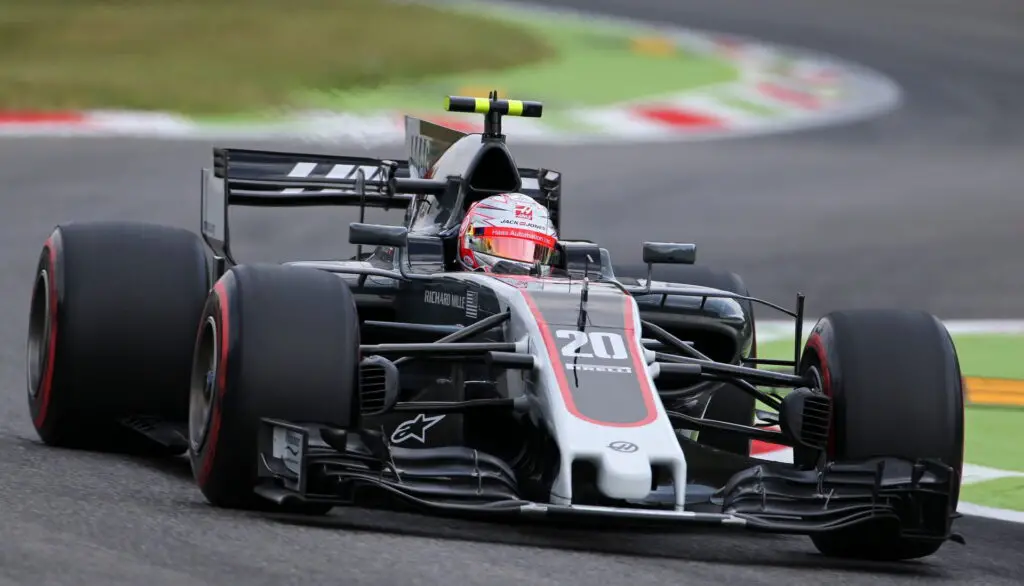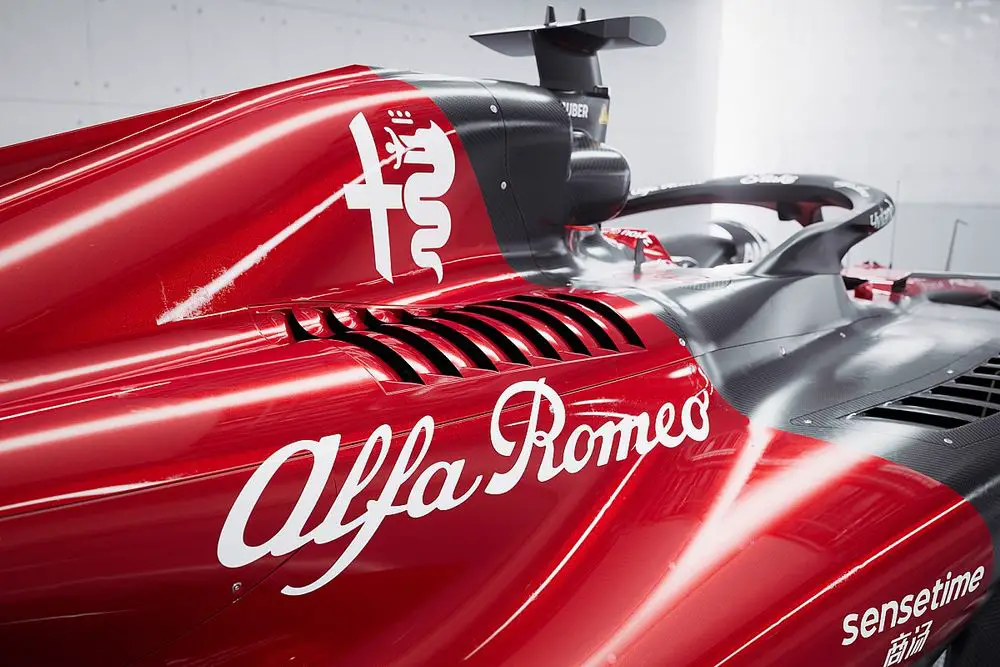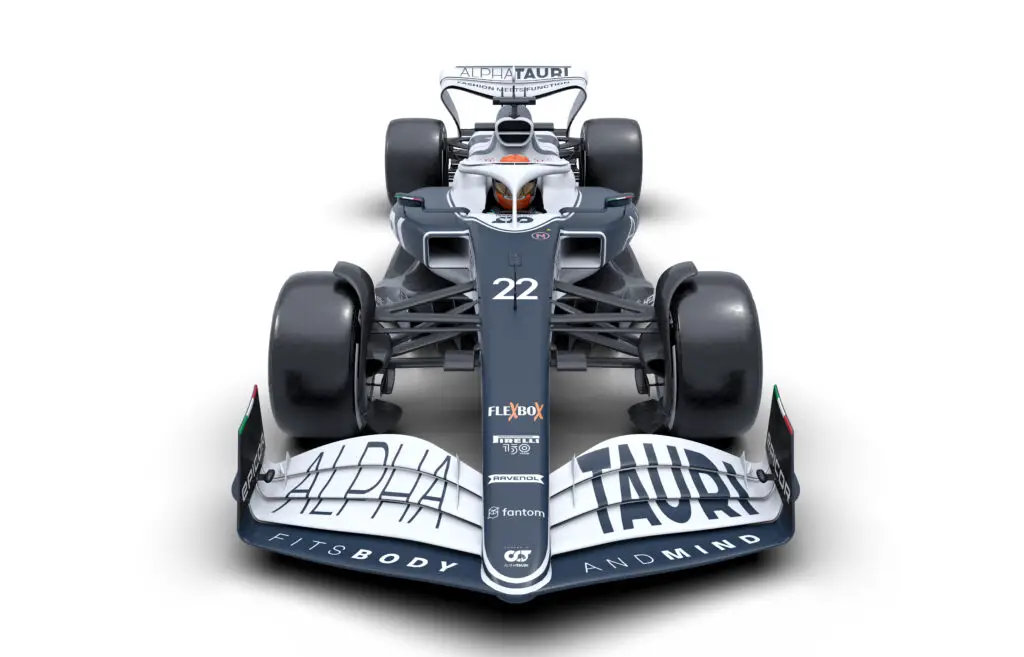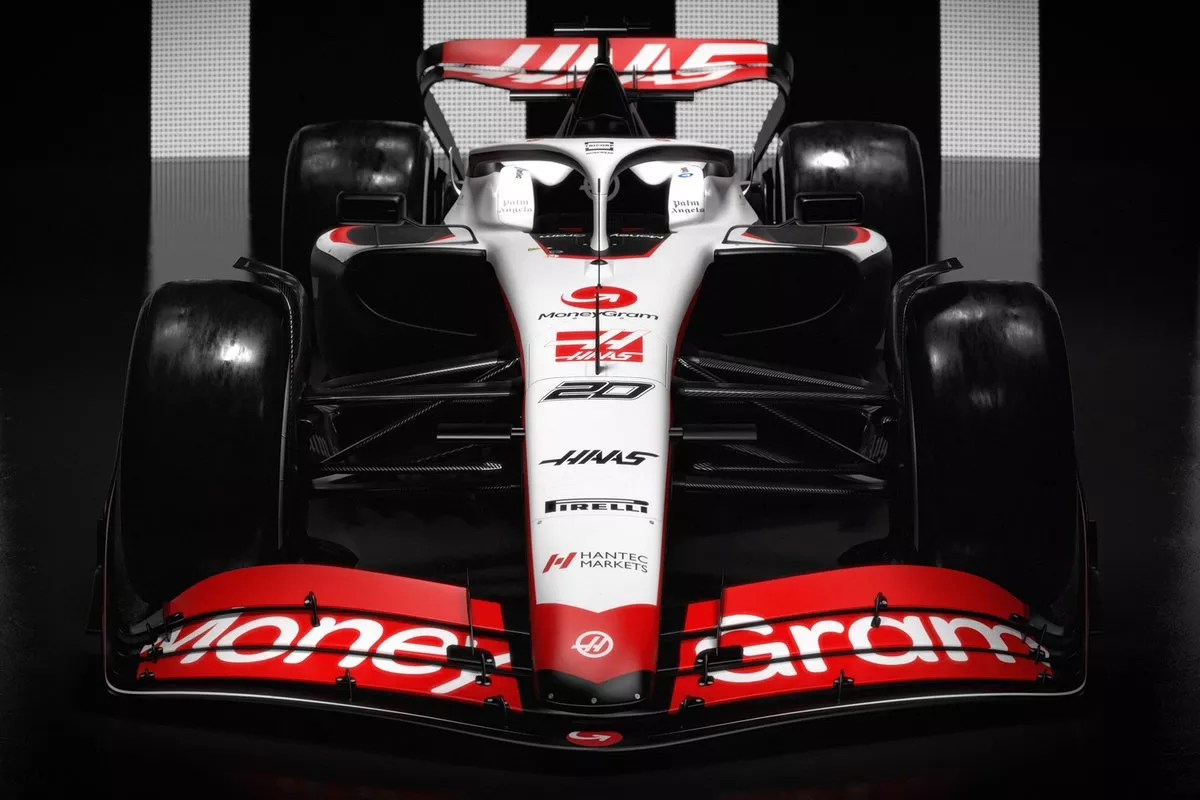Formula 1, often referred to as the pinnacle of motorsport. It, is known for its high-speed races and top-tier teams, each vying for supremacy on the grand stage. However, in the world of F1, not every team can be a front-runner. This is where the concept of F1 back markers come into play.
In this article, we’ll delve into what F1 backmarkers are. We look at their purpose in the sport, and their importance in the world of Formula 1.
What are F1 BackMarkers1?




In F1, a backmarker is a term used to describe a competitor that is significantly slower than the leaders of the race.
These teams often find themselves trailing at the back of the grid. They struggle to match the pace and performance of the top-tier teams. Back markers are typically lapped by the leading cars during a race.
This highlights the substantial performance gap between them and the frontrunners.
Back markers are typically the teams with fewer resources, less competitive cars, and less experienced drivers. As a result, they often struggle to compete with the leading teams.
You may also enjoy the Following Articles
- F1 Championship Standings Drivers & Teams – 2023 Season
- Tie in F1? Unveiling the Truth Behind Razor-Close Finishes!
What’s the Purpose of F1 BackMarkers?
Back markers may not be in contention for podium finishes or race wins. Despite this they serve several important purposes in Formula 1:
F1 BackMarkers – Development and Testing Ground
Back marker teams often use the sport as a platform to develop and test new technologies, components, and strategies.
Their presence provides valuable data for improving car performance and reliability. This can benefit both their own progress and the sport as a whole.
F1 BackMarkers – Entry Point for New Drivers
Back marker teams often provide opportunities for emerging talent and aspiring Formula 1 drivers. They become a gateway to allow the young drivers to gain experience and showcase their skills.
For many drivers, a stint with a back marker team serves as a steppingstone to more competitive teams.
F1 BackMarkers – Enhancing the Spectacle
Back markers contribute to the unpredictability and drama of Formula 1 races. The presence of slower cars on the track can lead to interesting race situations.
This is particularly true when they are lapped by faster cars, leading to complex strategic decisions.
Why Are Slower Teams in F1 Blue Flagged?
In Formula 1, blue flags are used to inform slower cars that faster cars are approaching from behind and are about to lap them.
This is done to ensure that the leading cars can continue their race unimpeded. Slower teams are obligated to yield to the faster cars when they receive the blue flag. This allows the faster drivers to pass without hindrance.
The blue flag rule is crucial in maintaining the integrity of the race. It prevents the back markers from interfering with the competitive battle happening at the front.
It’s a safety measure that reduces the risk of accidents and ensures that the race proceeds smoothly.
Why Don’t F1 BackMarkers – Drop Out of the Race?
While it may seem logical for back markers to retire from the race when they are substantially behind, there are several reasons why they continue to compete:
F1 BackMarkers – Experience and Data
Back marker teams often use race weekends as opportunities to gather data, assess their car’s performance, and provide valuable experience for their drivers. Even if they have no chance of winning, they can learn valuable lessons that can be applied in the future.
F1 BackMarkers – Team and Sponsor Obligations
Teams in Formula 1 are often contractually obligated to compete in the full season. Sponsors and partners invest in these teams with the expectation of visibility throughout the season.
Retiring from a race prematurely could lead to financial penalties or strained relationships.
F1 BackMarkers – Sporting Integrity:
Formula 1 is a highly competitive sport, and all teams are encouraged to complete races whenever possible.
Retiring from a race can be seen as a sign of weakness, and teams generally prefer to finish the race, even if they are far behind.
Why Do Back Markers Continue to Race in F1?
Back marker teams, despite the immense challenges they face, continue to race in Formula 1 for a variety of reasons:
F1 BackMarkers – Passion for the Sport
Many of the people involved with back marker teams, from drivers to mechanics, are passionate about Formula 1. They are driven by their love for the sport and the desire to be a part of it, even if they face significant obstacles.
F1 BackMarkers – Development and Improvement
Back marker teams see their participation in Formula 1 as a path to improvement. They work tirelessly to progress, knowing that even small advancements can make a significant difference in their competitiveness.
F1 BackMarkers – Platform for Talent
Back markers often provide opportunities for young, talented drivers to showcase their abilities.
Many future champions and successful drivers have begun their careers with back marker teams before moving on to more competitive outfits.
The Importance of Back Markers in Formula 1
While the focus in Formula 1 is often on the leading teams and their battle for championships, back marker teams play a vital role in the sport. They contribute to the development of technology, provide a platform for emerging talent, and create dynamic race scenarios. Their presence ensures that Formula 1 remains a diverse and exciting sport that captivates fans worldwide.
How Do Slower Teams Help New F1 Drivers Enter the Sport?
Back marker teams often serve as a stepping stone for new F1 drivers looking to enter the sport. These teams offer opportunities to showcase their skills and gain experience at the highest level of motorsport.
Talented young drivers often make their debuts with back marker teams, and their performances can catch the eye of more competitive teams.
Which Teams Are the F1 BackMarkers – in the 2023 Season?
The F1 Backmarkers in the 2023 season are the following teams.
MONEYGRAM HAAS F1 TEAM
After the Brazilian GP Haas is in last position in the constructors’ standings in the 2023 season.
They have only earned 12 points. The team scored points in six races, with a best finish of seventh by Kevin Magnussen in Monaco.
How have Kevin Magnussen and Nico Hulkenberg driven in 2023?
Magnussen and Hulkenberg were teammates at Haas for the first time in 2023, after the team signed the German driver to replace Mick Schumacher, who moved to Alpine.
The pair had a tense relationship in the past but managed to work together professionally and avoid any major conflicts on track. Magnussen had the upper hand in qualifying, beating Hulkenberg 14-9, but Hulkenberg scored more points, 19-15, thanks to his consistency and reliability.
Both drivers have had some highlights, such as Magnussen’s strong drive in Monaco and Hulkenberg’s comeback from last to twelfth in Brazil. There have also been some low points, such as their collision at the start of the Sao Paulo Grand Prix that ended their race and triggered a safety car.
ALFA ROMEO FERRARI
Alfa Romeo is in 9th place in the 2023 season constructor championships with 16 points. This is a far from their best result of fourth in 2019.
The team scored points in four races, with a best finish of ninth by Valtteri Bottas in Qatar.
How have Valtteri Bottas and Zhou Guanyu driven in 2023?
Bottas and Zhou were teammates at Alfa Romeo for the first time in 2023, after the team signed the Finnish driver to replace Kimi Raikkonen, who retired at the end of 2022.
The pair have a respectful relationship but have faced a lot of difficulties on track. Bottas had the edge in qualifying, beating Zhou 16-7, but Zhou scored more points, 9-7, thanks to his better race pace and fewer retirements.
Both drivers have had some highlights, such as Bottas’s strong drive in Qatar and Zhou’s point-scoring debut in Bahrain, but also some low points, such as their double retirement in Brazil due to a technical issue.
How have the new 2022 regulations affected the team?
The new 2022 regulations introduced a radical change in the design and aerodynamics of the F1 cars, with the aim of promoting closer racing and overtaking. Alfa Romeo decided to develop their own gearbox and suspension for 2022, further reducing their dependence on Ferrari.
However, the team struggled to find the optimal balance and performance of their new car, and often found themselves behind their rivals.
According to their driver Valtteri Bottas, the changes were challenging and required a lot of adaptation and learning.
Alfa Romeo’s technical director Jan Monchaux said the 2022 car was a “big step forward” in terms of innovation and potential, but also admitted that the team had some issues to solve and room for improvement.
How has this impacted the sponsors?
Alfa Romeo secured a new title sponsor for 2023, Stake, an entertainment and lifestyle brand, after ending their partnership with ORLEN in 2022. The team also added several other sponsors, such as Kick, Accelleron, Cielo, and Taittinger.
In 2025 the team changes its name to Audi F1, reflecting the new ownership. It is hope that this will move it forward on the grid and make it more competitive.
Which Teams Were Notable Back Markers in F1 History?
Over the years, several teams have been recognized as back markers in Formula 1 history. Some of the notable ones include HRT, Caterham, and Minardi. These teams, despite their struggles, contributed to the sport in various ways and left their mark on the rich tapestry of Formula 1.
In conclusion, back markers are an integral part of Formula 1, serving multiple purposes in the sport. They may not be in contention for podium finishes, but their presence adds depth, unpredictability, and excitement to the world of motorsport.
Back marker teams continue to race in Formula 1, driven by their passion for the sport, the pursuit of improvement, and the desire to nurture new talent. As the 2023 season unfolds, we can expect back markers to play their unique role in the ever-evolving drama of Formula 1.

